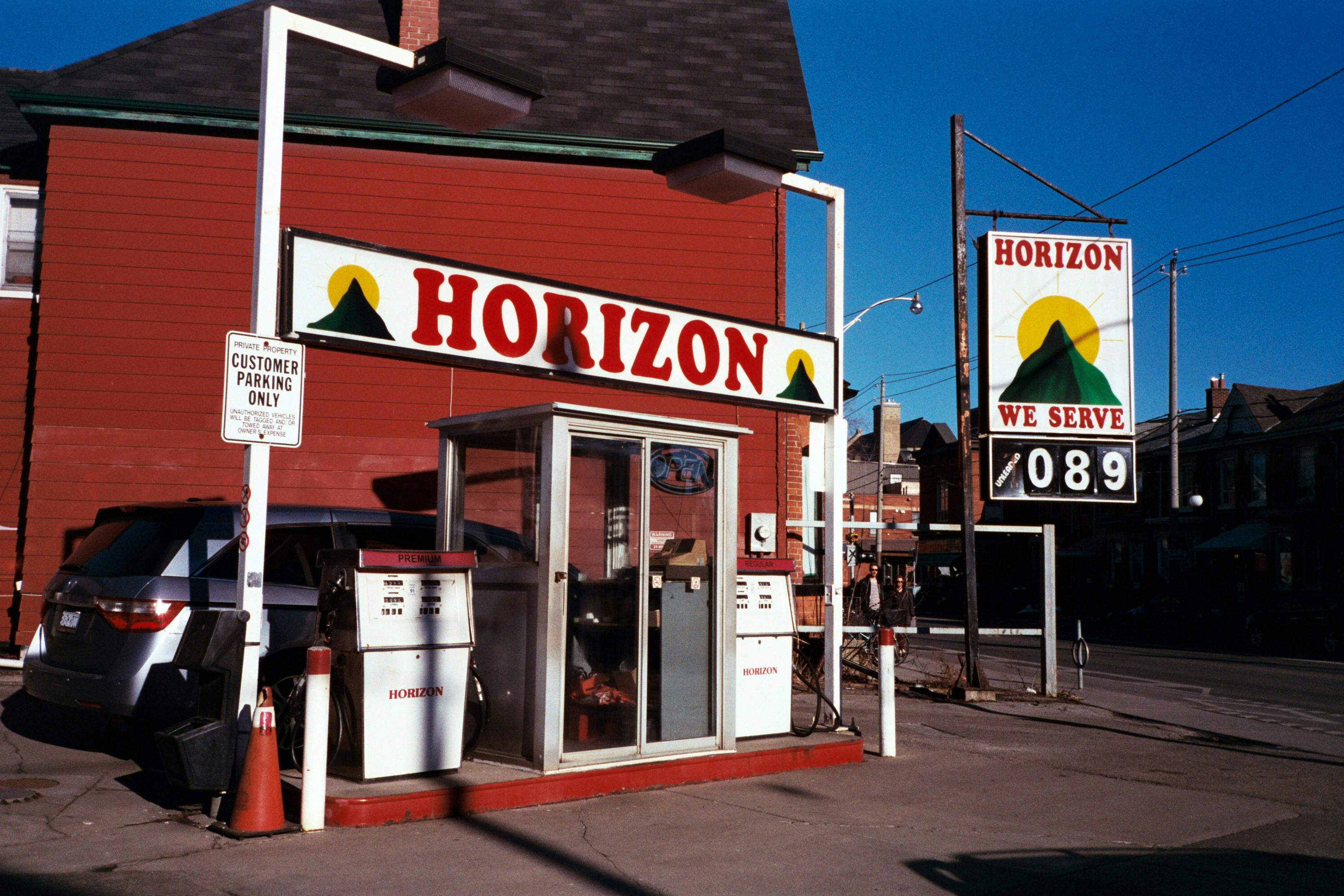
As a retail business owner, you understand the importance of creating an eye-catching and effective outdoor sign. Your outdoor sign is the first point of contact between your business and potential customers. Therefore, designing a sign that captures attention, communicates your brand message, and drives foot traffic to your store is crucial.
This article will discuss six key things to consider when designing outdoor signs for your retail business. It will ensure that you create a sign that is both visually appealing and effective in attracting customers.
Table of Contents
1. Location
Location is a critical factor to consider when designing your outdoor sign. You want to ensure your sign is visible to as many people as possible, particularly your target audience. Therefore, you should consider factors such as the distance from the road, the direction of traffic, and the height of the sign.
Another crucial consideration for location is local sign regulations. Researching the sign codes and regulations in your area before designing your sign is crucial to avoid any legal issues or fines. Some cities and municipalities have specific sign sizes, colors, and placement requirements.
By choosing the location of your outdoor sign, you can maximize its visibility and effectiveness in promoting your retail business.
2. Material
The choice of material can affect the sign’s durability, appearance, and cost. One popular material for outdoor signs is vinyl, specifically using Oracal 651 vinyl. This particular type of vinyl is recognized for its exceptional durability, ability to maintain color vibrancy over extended periods, and resistance to peeling and fading.
Additionally, it is weather-resistant and can endure extreme temperatures, making it an excellent choice for outdoor applications.
Another popular option is metal, which offers a sleek and professional look but can be more expensive than other materials. In addition to Oracal 651 vinyl and metal, other options include wood, plastic, and acrylic. When it comes to selecting the material for your outdoor sign, it’s crucial to factor in your business’s specific requirements, as each material presents its own distinct characteristics and advantages.
Corrugated plastic signs are another widely used option for outdoor signage, offering their unique set of benefits. According to SignWarehouse, these lightweight and durable signs are made of a plastic material with a fluted or ribbed structure. They are affordable and can be easily customized with graphics and text.
In addition, they are suitable for indoor and outdoor use, making them a versatile option for retail businesses.
3. Size and Shape
It’s crucial to find the right balance when it comes to the size of your outdoor sign. It should be large enough to catch people’s attention from a distance yet not so large that it becomes overwhelming or obstructs the view of other businesses. Additionally, the shape of your sign should be carefully chosen to match your brand and be aesthetically pleasing.
According to a recent study by the International Sign Association, the sign should be at least 70% larger than the roadway. The study found that large signs attract attention and communicate messages to potential customers more effectively.
In addition to size, the shape of your sign can significantly impact consumers. People are also more likely to remember signboards with unique shapes, such as curved or angled signs, against traditional rectangular signs.
4. Design
Your sign should be visually appealing, communicate your brand message, and entice potential customers to visit your store. When designing your sign, there are some factors to consider.
First, choose a color scheme and font that aligns with your branding and is easily readable from a distance. Your sign should also have a clear hierarchy, with the most crucial information prominently displayed.
According to Qrius, the design of a sign can have a significant impact on its effectiveness. The study found that well-designed signs can increase brand recognition and drive traffic to a business. Businesses that opt for professional signage have a higher likelihood of experiencing a surge in revenue. It is estimated that 68% of customers purchase encountering digital signage.
It’s also important to consider the placement of your design elements. For example, your business name and logo should be placed at the top of the sign, as this is where people’s eyes are naturally drawn to first. Additionally, any images or graphics used should be high-quality and represent your brand.
5. Lighting
A well-lit sign can attract attention and create a memorable impression on potential customers, particularly during nighttime or in areas with low visibility.
When creating your sign, there are various lighting options to take into account. Backlit signs are popular, as they create a glowing effect that can be seen from a distance. They also provide added visibility during low-light conditions. Front-lit signs, on the other hand, are illuminated from the front and can create a bright and bold effect.
Another option is to use LED lighting, which is energy-efficient and has a longer lifespan than traditional lighting options. According to the Energy Department of the US, LED bulbs can last up to 25 times longer, saving 90% on energy. LED lights also offer a range of color options to be programmed to change colors or flash, making them an eye-catching addition to your sign.
6. Legal Requirements
Legal requirements are essential considerations when designing your outdoor sign for your retail business. It’s crucial to obtain necessary permits or approvals and comply with local regulations before installing your sign.
Each city and municipality has its sign regulations, which may include sign size, placement, lighting, and content restrictions. Therefore, it’s necessary to research these regulations and work with a sign professional who can help you design a sign that complies with local requirements.
In addition to local regulations, there may also be national laws that affect your sign design, such as the Americans with Disabilities Act (ADA). For example, the ADA requires that signs be accessible to people with disabilities, with specific font size, contrast, and placement guidelines.
Final Thoughts
Designing an effective outdoor sign is crucial for the success of your retail business. By considering key factors such as location, size and shape, design, lighting, legal requirements, and budget, you can create a sign that effectively promotes your brand, attracts attention, and drives foot traffic to your store.
It’s crucial to work with a professional sign company that can help you navigate local regulations and design a sign that meets your business’s unique needs. Investing in a well-designed and well-placed sign can increase brand recognition, attract new customers, and ultimately drive revenue for your business.
Your outdoor sign is usually the first point of contact between potential customers and your business, making it a crucial element to make a lasting impression. Careful consideration of the six key factors outlined here can help you create a sign that conveys your brand message effectively and sets your business apart from the competition.
Take the time to create a memorable sign that represents your brand and showcases your unique value proposition.

